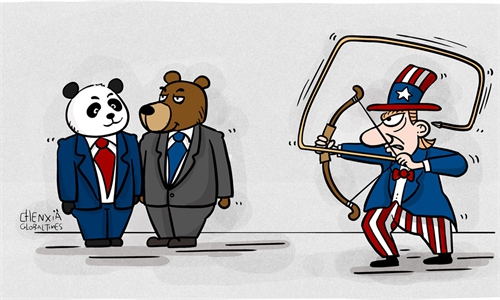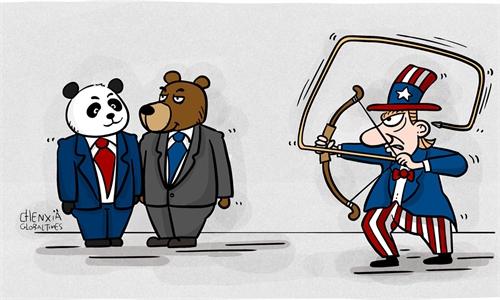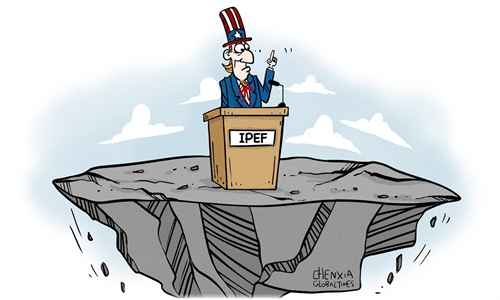
Illustration: Tang Tengfei/GT
The eighth China-Russia Expo is scheduled to take place from May 16 to 21 in Harbin, the capital of Northeast China's Heilongjiang Province.As the highest-level and largest exhibition hosted by the two countries, the expo serves as a significant platform for fostering economic and cultural exchanges between the two nations. In particular, leveraging the China-Russia Expo cooperation mechanism has the potential to breathe new life into Heilongjiang's economic and trade collaboration with Russia's Far East.
A closer connection with Heilongjiang will bring more development opportunities for Russia's Far East, a prospect that offers strong certainty and has high expectations from both China and Russia.
The development potential in Russia's Far East is vast, and with the deepening of China-Russia relations, many believe that the region is poised to emerge as a new bright spot in their cooperation. Not only is the Far East abundant in mineral, forest and agricultural resources, but its superior geographical location, adjacent to the East Asian economic circle, also makes it conducive to economic exchanges with China.
Heilongjiang, which shares a 2,981-kilometer border with Russia, also benefits from a unique geographical advantage, fostering close people-to-people exchanges and strong economic complementarity with Russia's Far East.
Economic and trade cooperation between Russia's Far East and Heilongjiang encompasses various sectors including energy, agriculture, manufacturing and infrastructure. In terms of agricultural cooperation, Heilongjiang's grain production has been combined with the agricultural development of the Far East to enhance regional food security and agricultural modernization.
Moreover, the ongoing enhancement of infrastructure, such as the construction of cross-border railways and roads, has led to a substantial reduction in logistics costs and a significant improvement in trade facilitation levels.
Some Western public opinion has been critical of economic cooperation between China and Russia, often associating it with the Russia-Ukraine conflict. However, the rapid growth of the Asia-Pacific economy has prompted Russia to focus on developing its Far East region. For example, in 2015, Vladivostok was designated as a free port. With significant geopolitical shifts occurring globally, it is clear that the rise of the Far East is an inevitable trend. Therefore, business collaboration between China and Russia in the Far East not only demonstrates the mutual trust and friendship between the two nations but also aligns with economic rules and business sense.
It should be noted that cooperation between China and Russia in the Far East is greatly underestimated, with immense potential waiting to be unlocked. Russia's economic structure, centered around resources, remains relatively straightforward. Also, some development commitments and plans for the Far East have yet to be fully realized, which has led to uncertainty among Chinese investors.
Clearly, the Far East's development necessitates increased external support and collaboration, with China poised to play a significant role. Further opening-up efforts from Russia are essential in various areas to facilitate progress.
First, Russia could further simplify the investment approval procedures, lower the threshold for investment and provide more preferential policies and support for foreign investors.
Second, it could increase investment in infrastructure construction to improve the transportation, logistics, telecommunications and other infrastructure systems in the Far East.
Third, it could encourage in-depth cooperation with China in agriculture, forestry, energy, technology and other areas to promote industrial complementarity.
If China and Russia can jointly accelerate development and cooperation in the Far East, it will be an asset for the stability of the global supply chain and economic development in the Asia-Pacific region and even the world.



